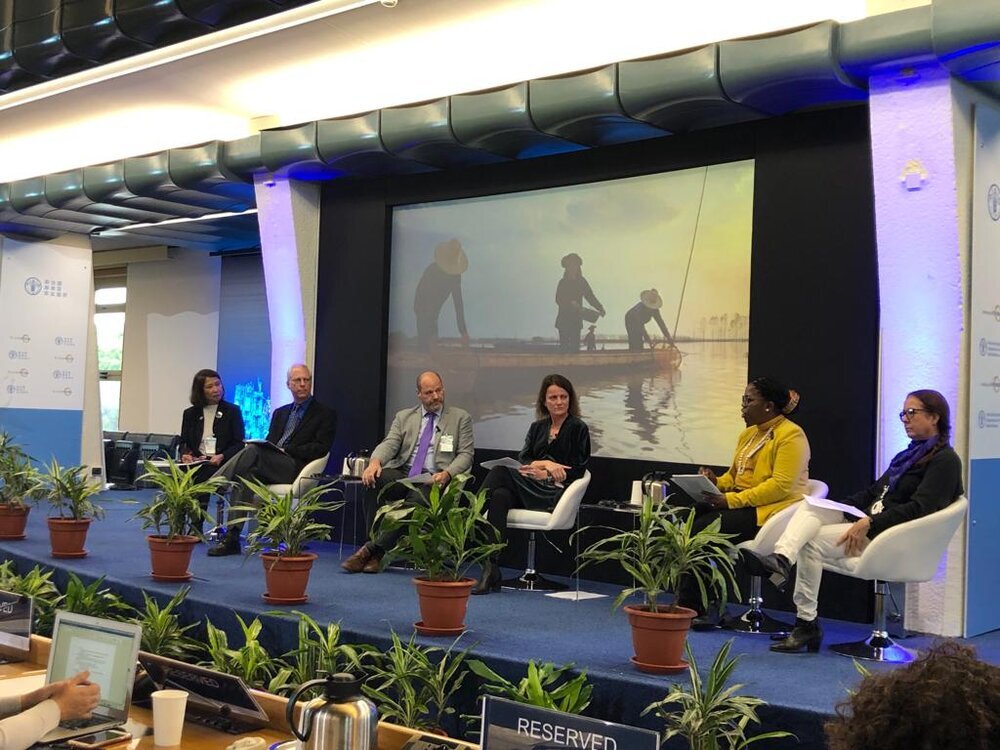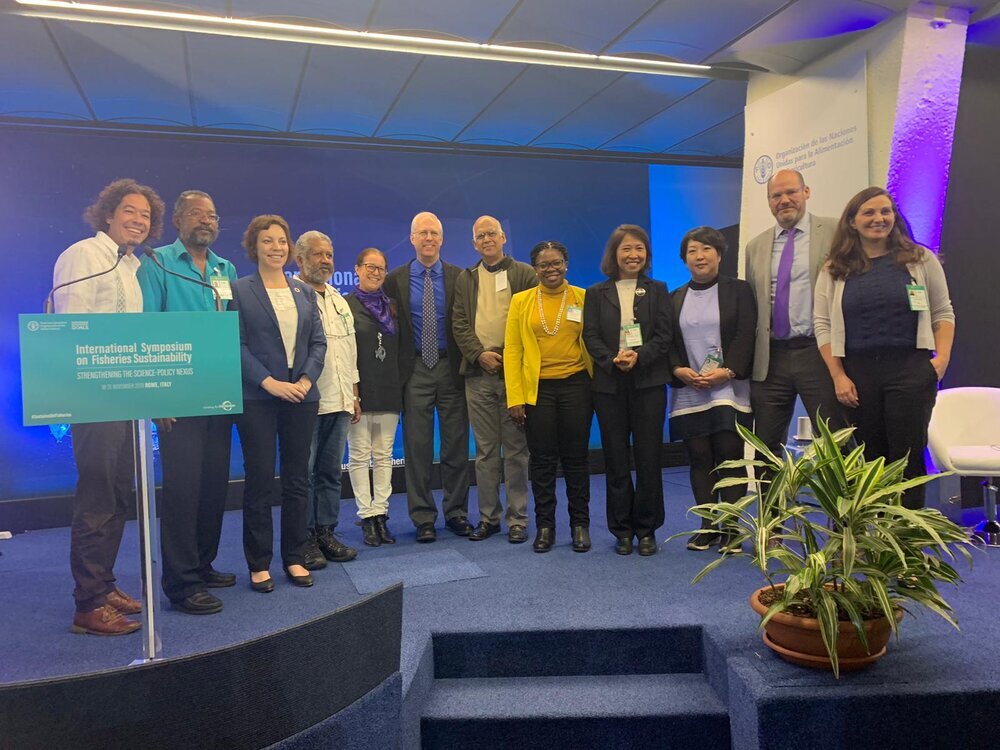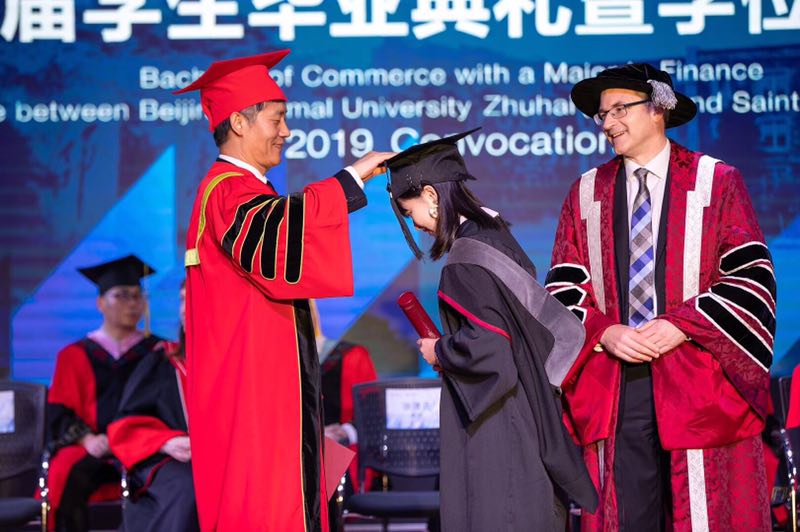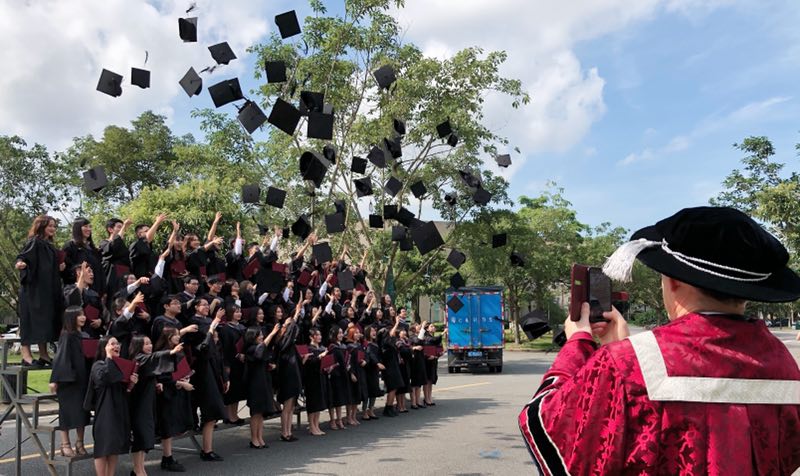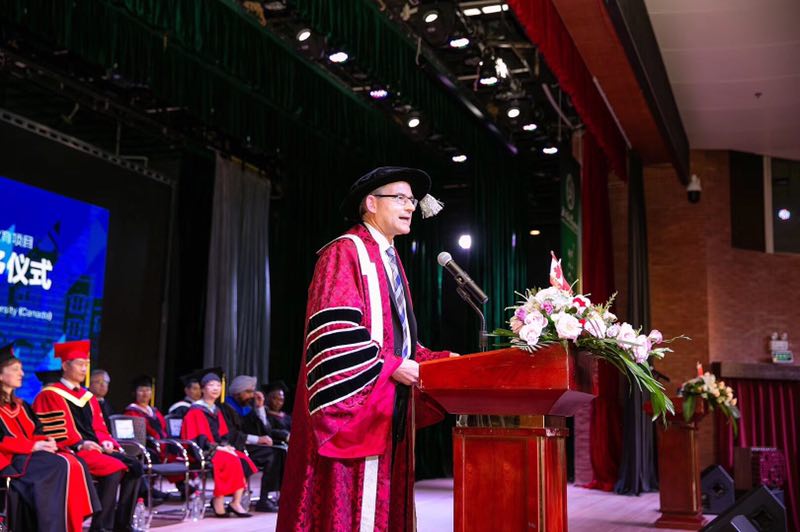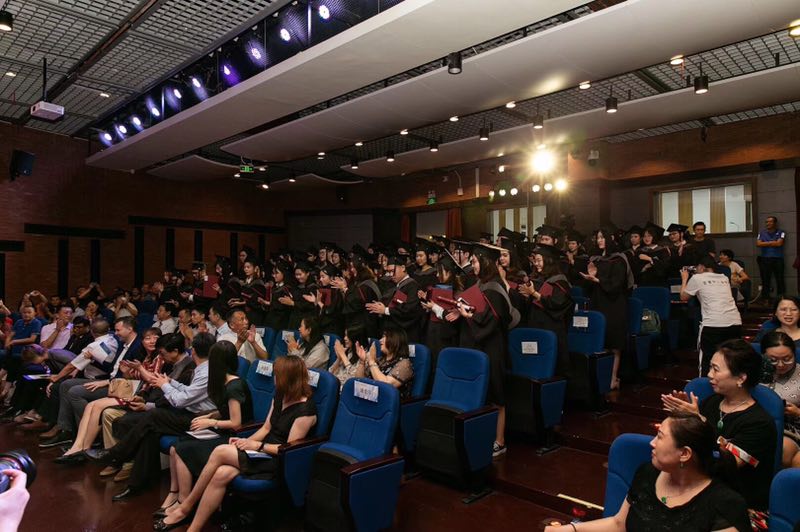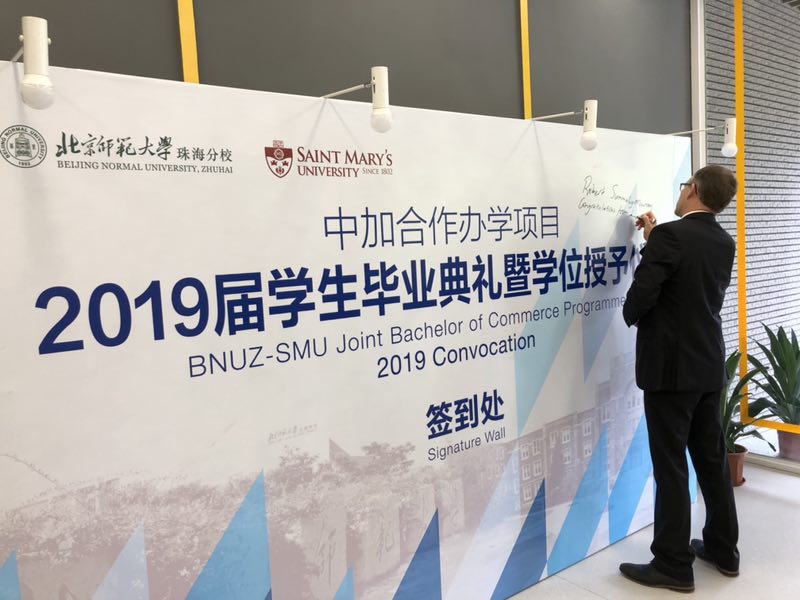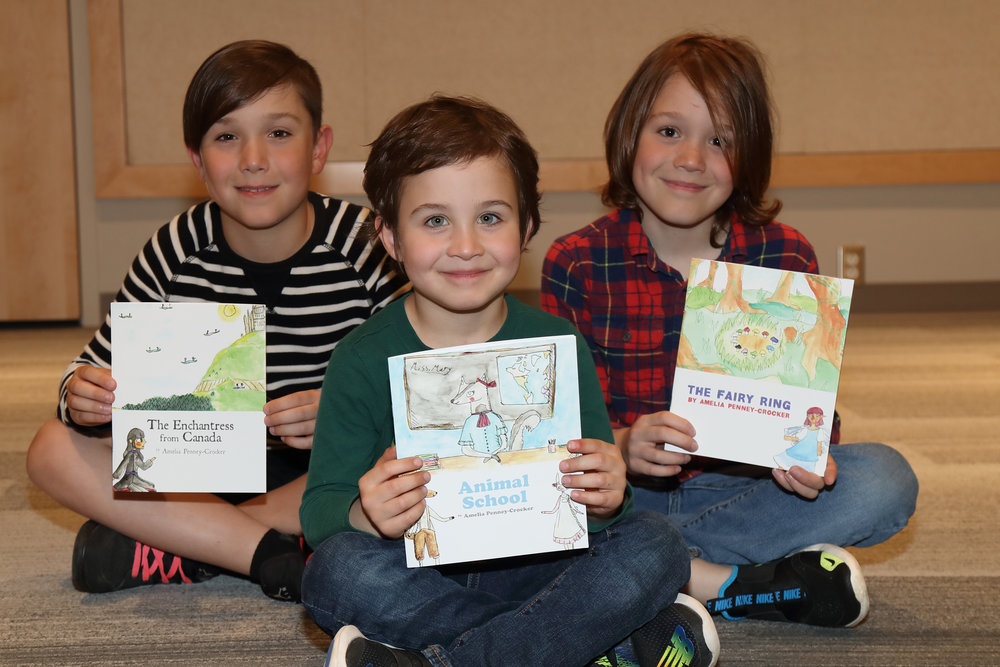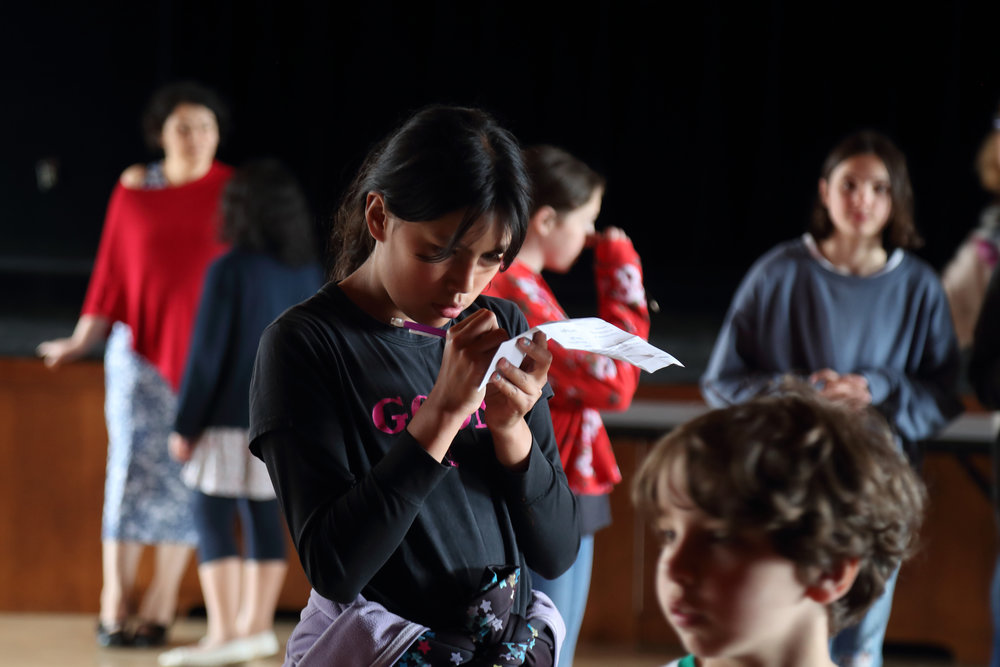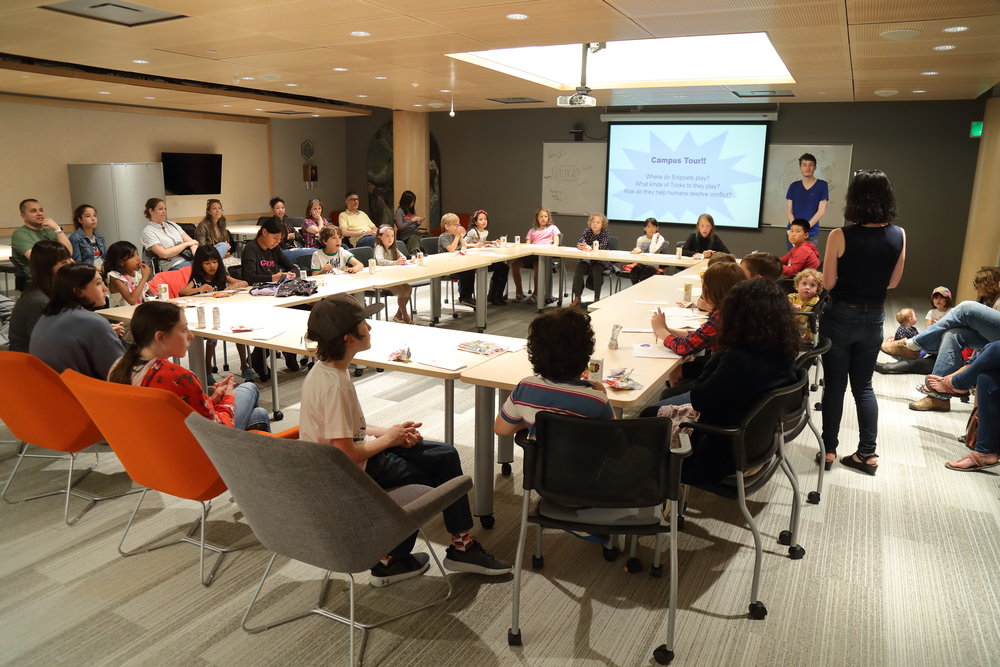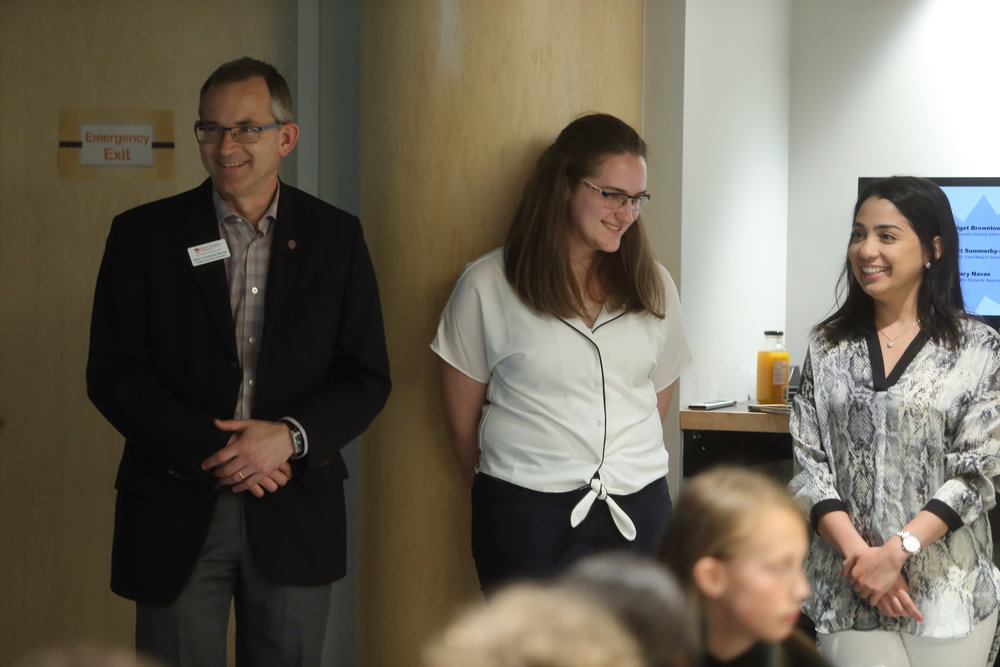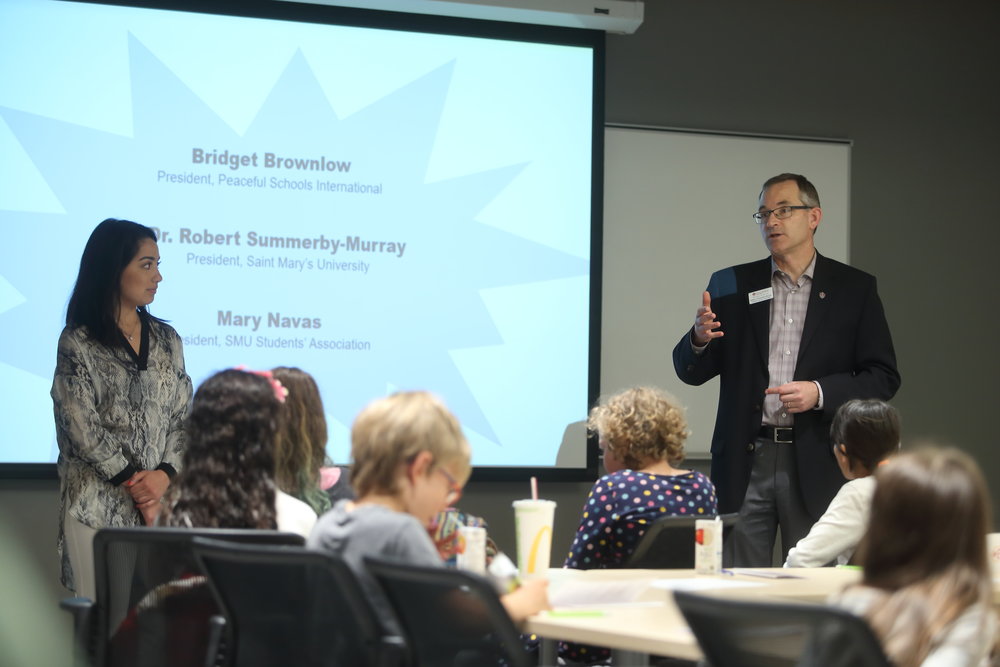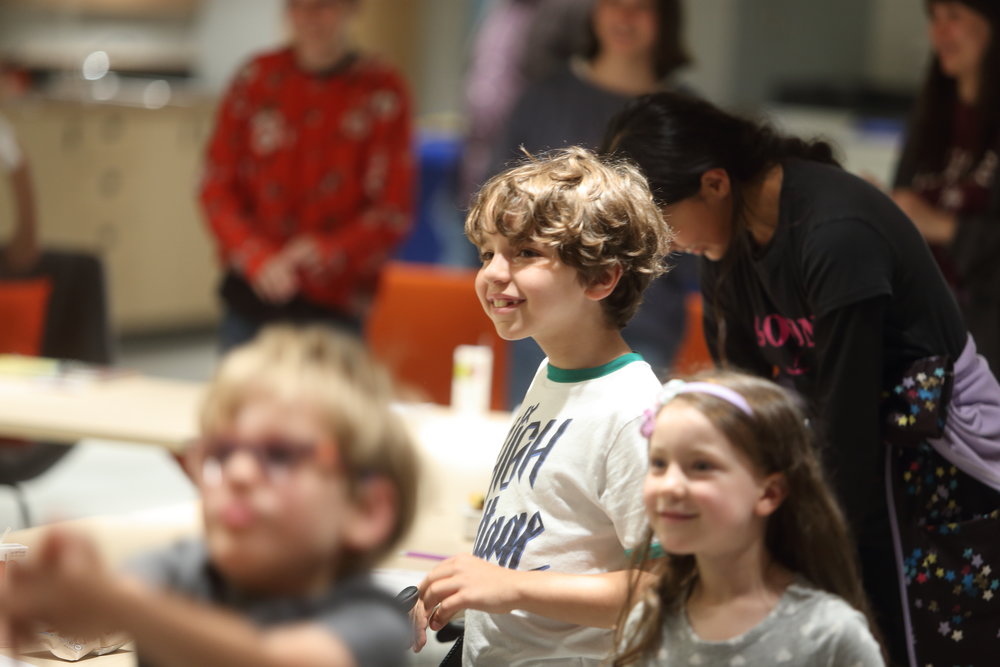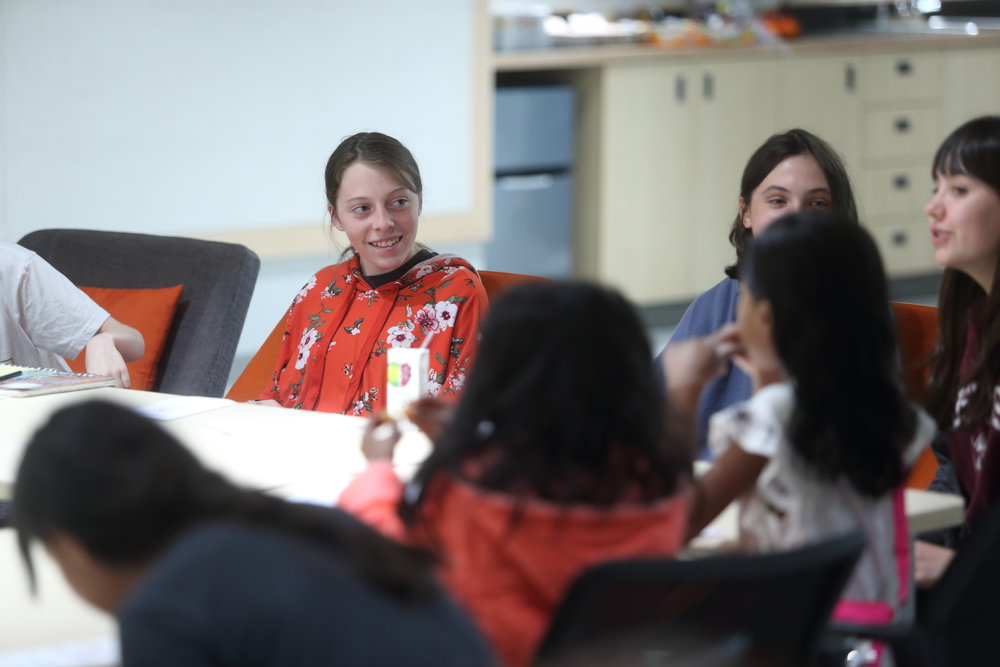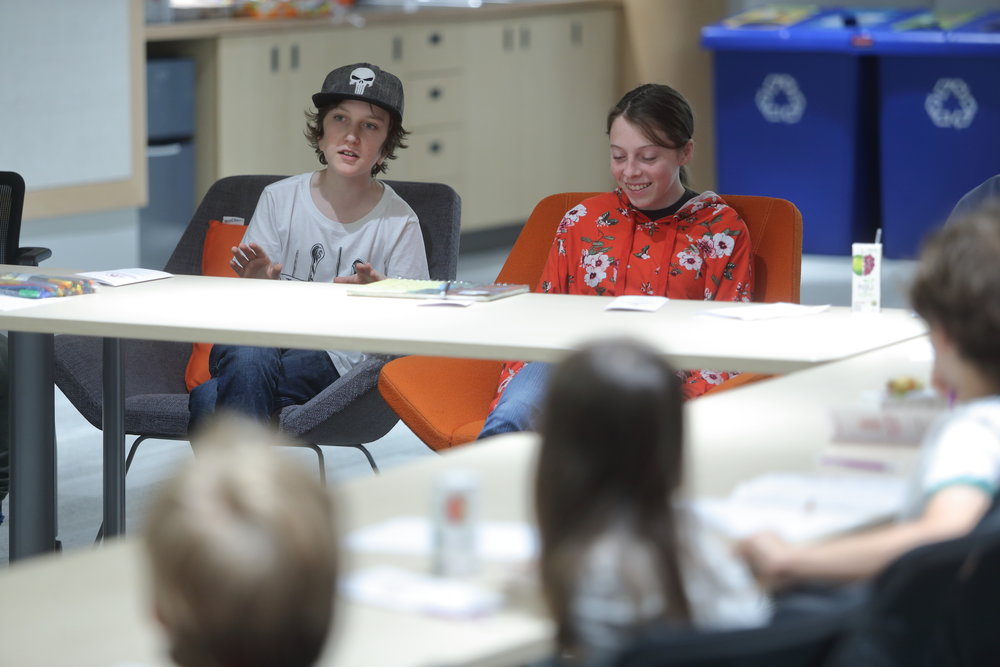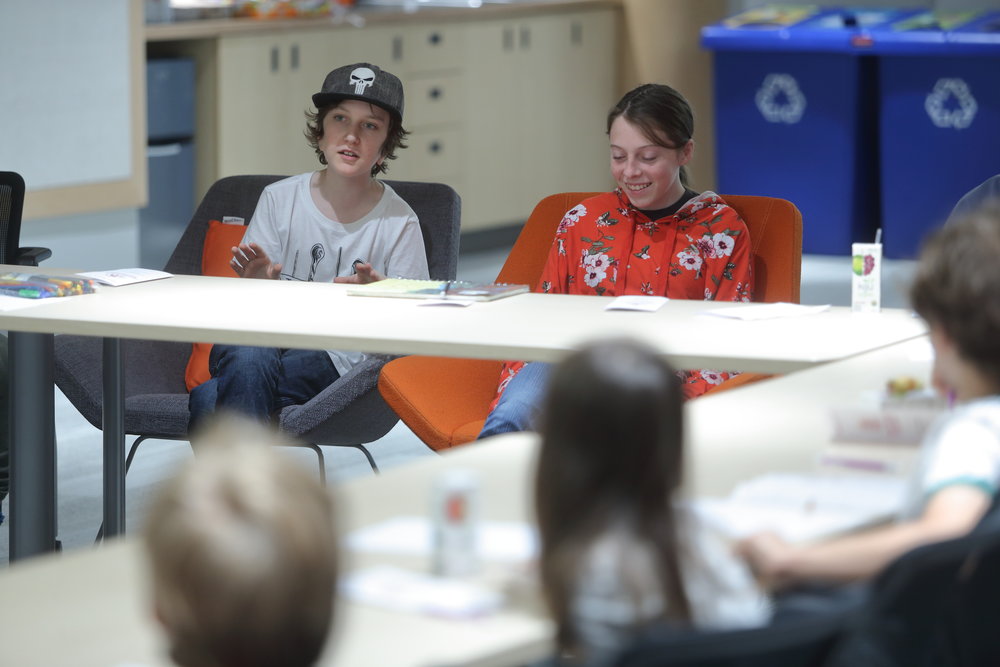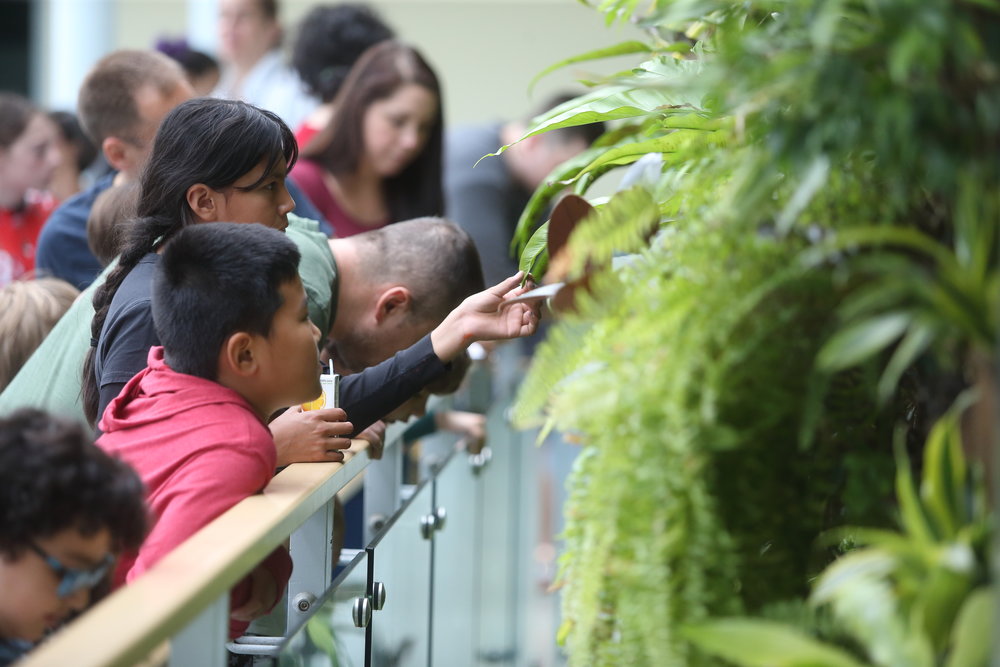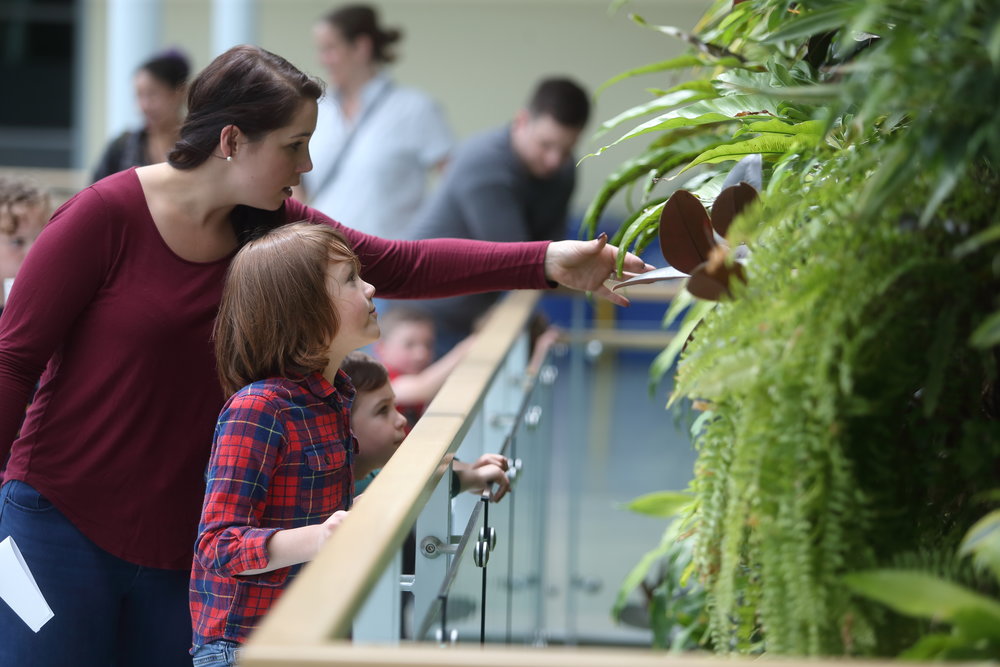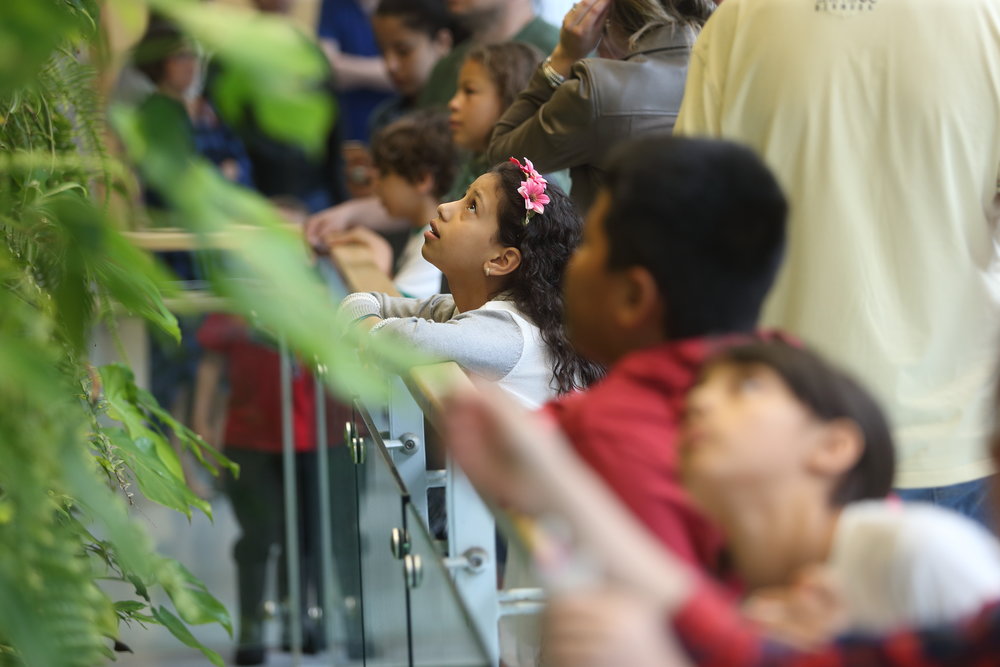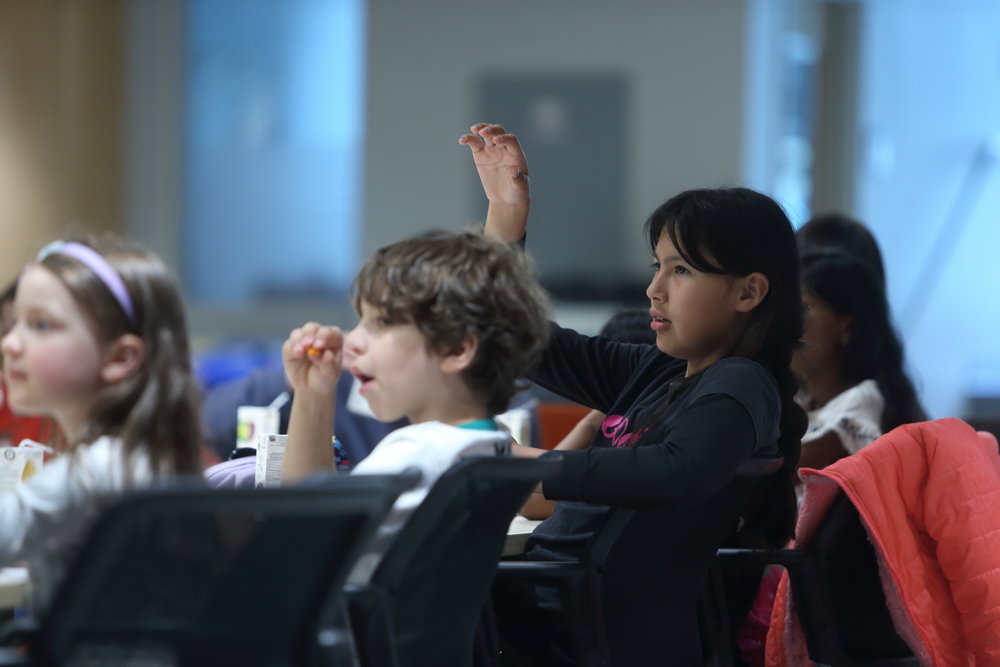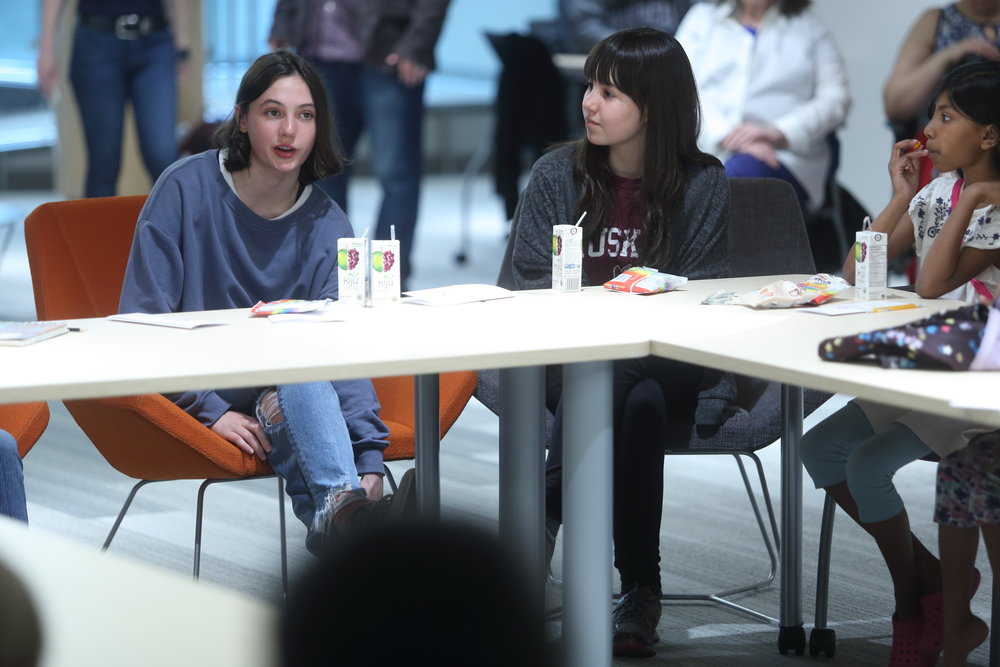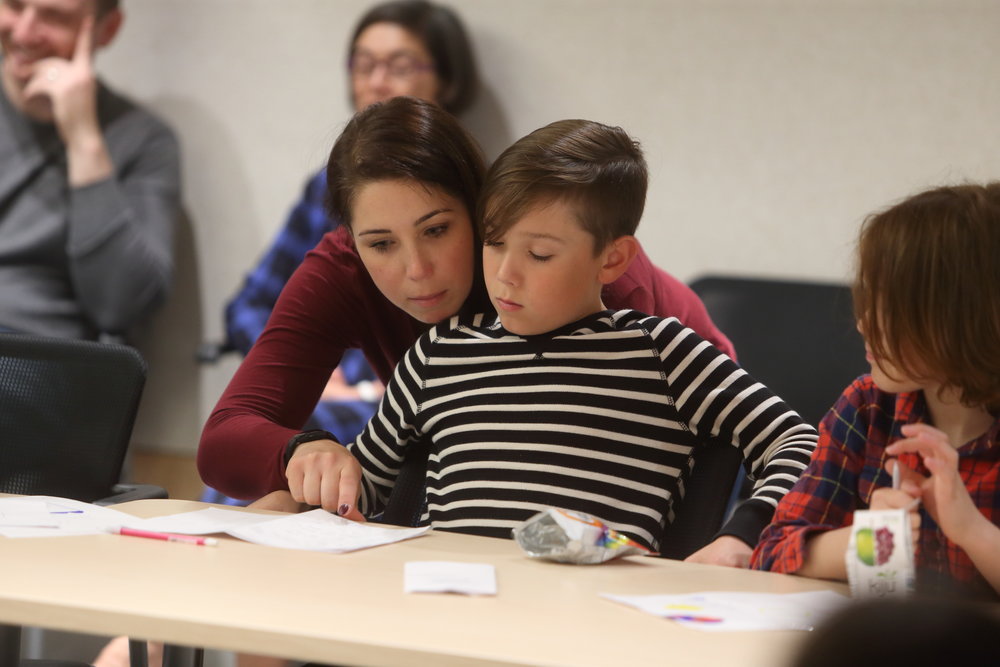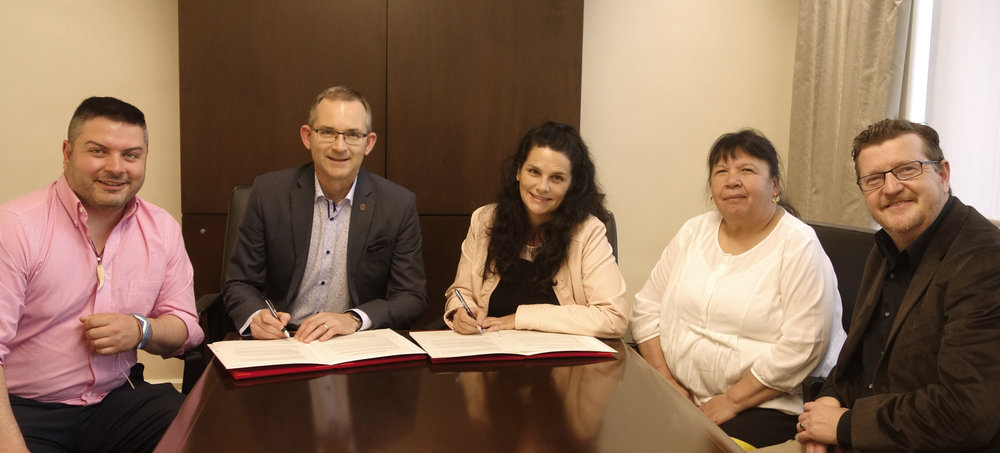Solving freshwater issues across Atlantic Canada through technology and entrepreneurship is the theme of a new competition that began this week at Saint Mary’s University.
“We are extremely proud to establish AquaHacking in Atlantic Canada,” said Dominique Monchamp, interim CEO of AquaHacking. “We hope that our partnership with Saint Mary's University Atlantic Water Network will open the doors to new technological solutions. We are calling on the creative and committed minds of young Atlantic innovators to take up this challenge and develop sustainable water tech solutions.”
The AquaHacking Challenge brings students, developers, designers, scientists, programmers, engineers, technology enthusiasts and entrepreneurs together to form interdisciplinary teams to tackle five different water challenges.
The five issues they’ll be focusing on are:
• algal blooms;
• agricultural runoff;
• drinking water treatment;
• well water testing; and
• microplastics.
“At RBC, we believe in the power of innovative technologies to address and scale solutions to some of the most pressing environmental issues of our time,” said Valerie Chort, vice-president, Corporate Citizenship, RBC. “We’re proud to be working alongside AquaHacking to develop real-world, scalable solutions to tackle the challenges that continue to plague our environment.”
Throughout the challenge, teams will have access to a variety of workshops and resources, as well as a dedicated group of mentors to help them develop their solutions and refine their pitches. The top teams will be determined at the AquaHacking semi-final in May 2020, after which successful teams will continue working on their solutions to present for a Dragon’s Den-style final in September 2020.
“We are thrilled to see AquaHacking come to the Atlantic Provinces,” said Emma Wattie, director of Saint Mary’s University’s Atlantic Water Network. “Our work with community-based monitoring organizations throughout the region has helped identify some of the water issues for this year's challenge. AquaHacking is a clear next step to help find solutions to some of the most pressing water issues facing Atlantic Canadians.”
The AquaHacking Challenge is an initiative of Aqua Forum that was founded by the de Gaspe Beaubien Foundation in 2015 to support technology and business development addressing environmental problems related to freshwater. After five successful years in the Great Lakes and St. Lawrence Basin, AquaHacking went national for 2020 with regional competitions across Canada.
The AquaHacking Challenge 2020 in Atlantic Canada is powered by the RBC Foundation, with support from the de Gaspé Beaubien Foundation along with other national and local sponsors.


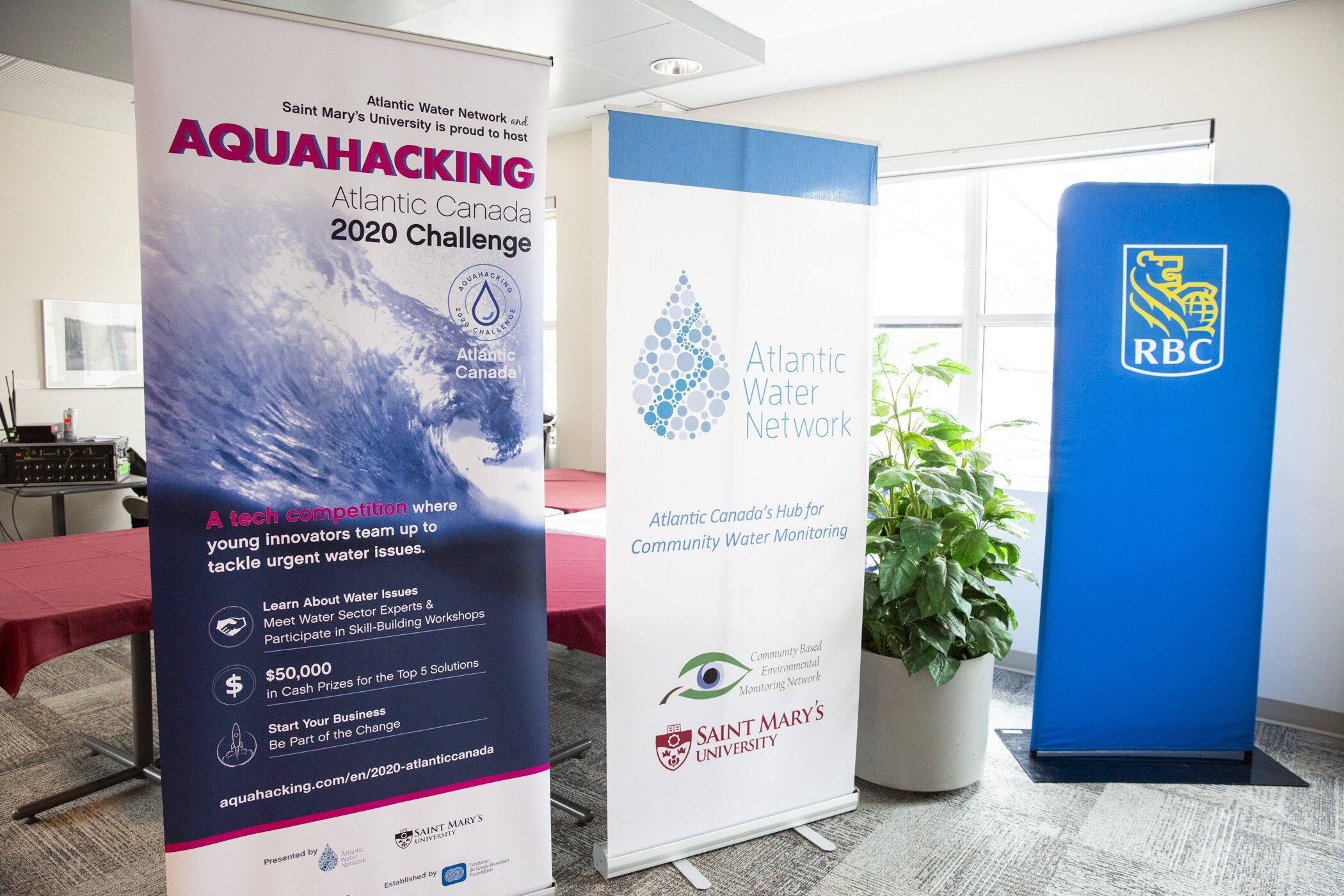
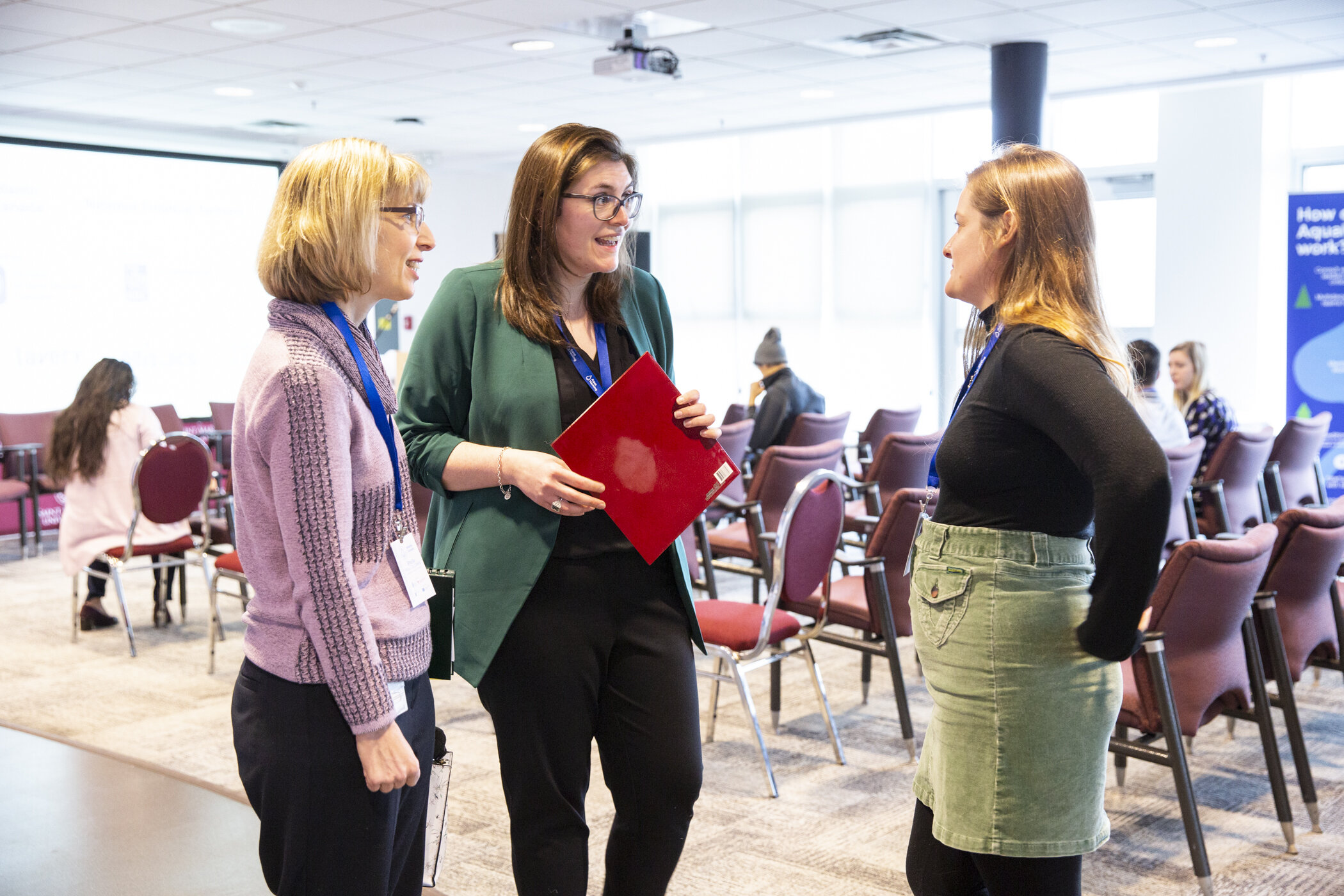
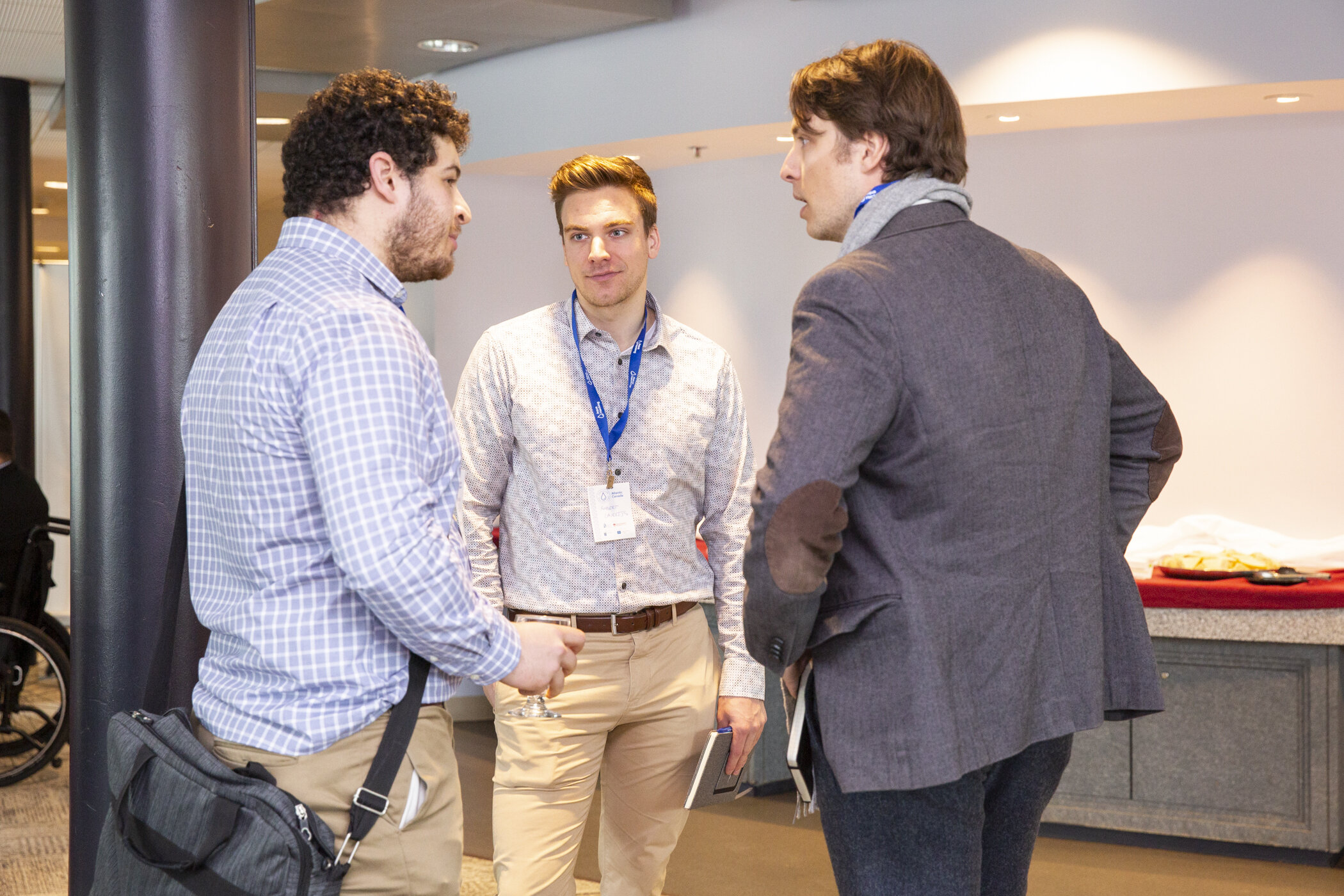
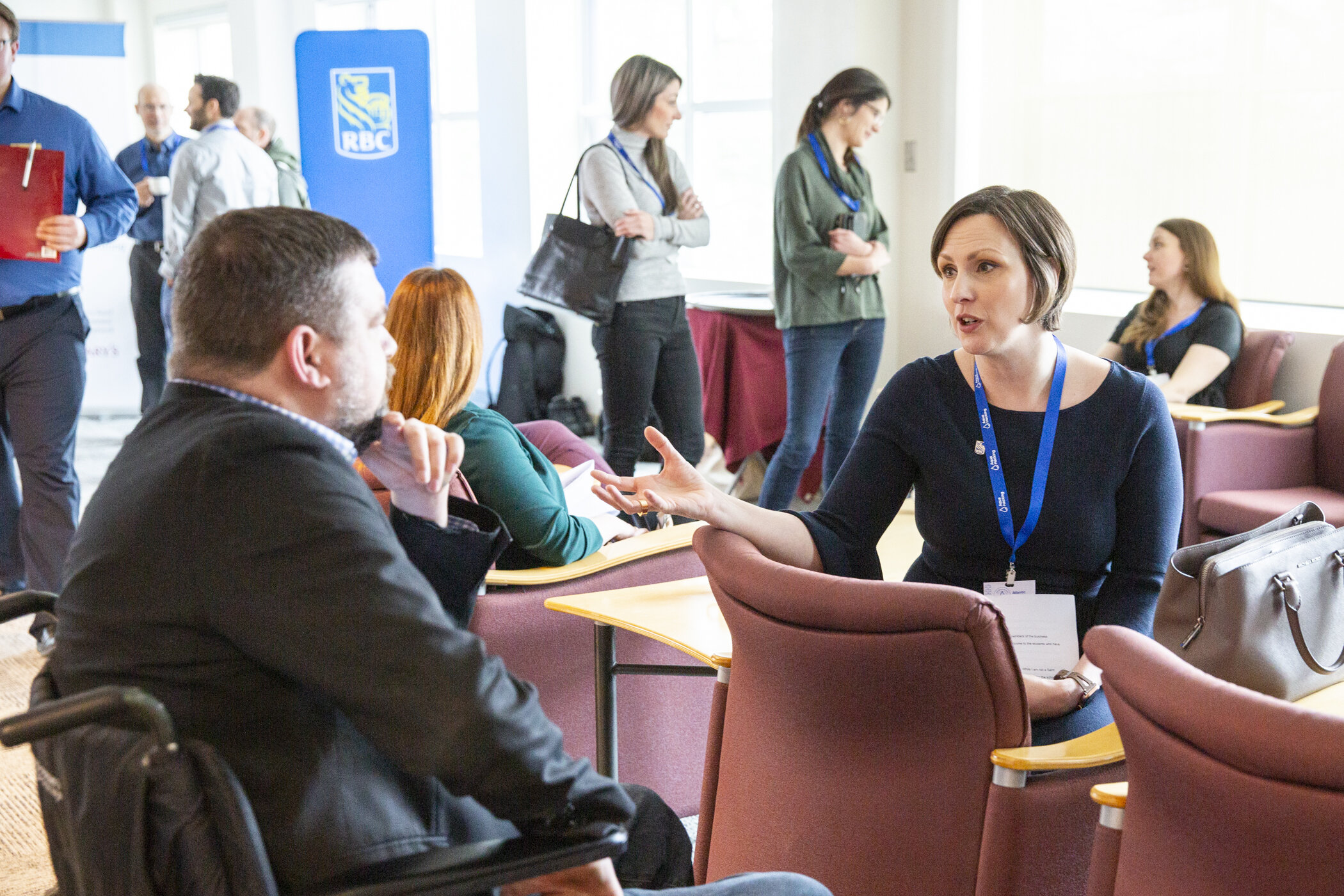
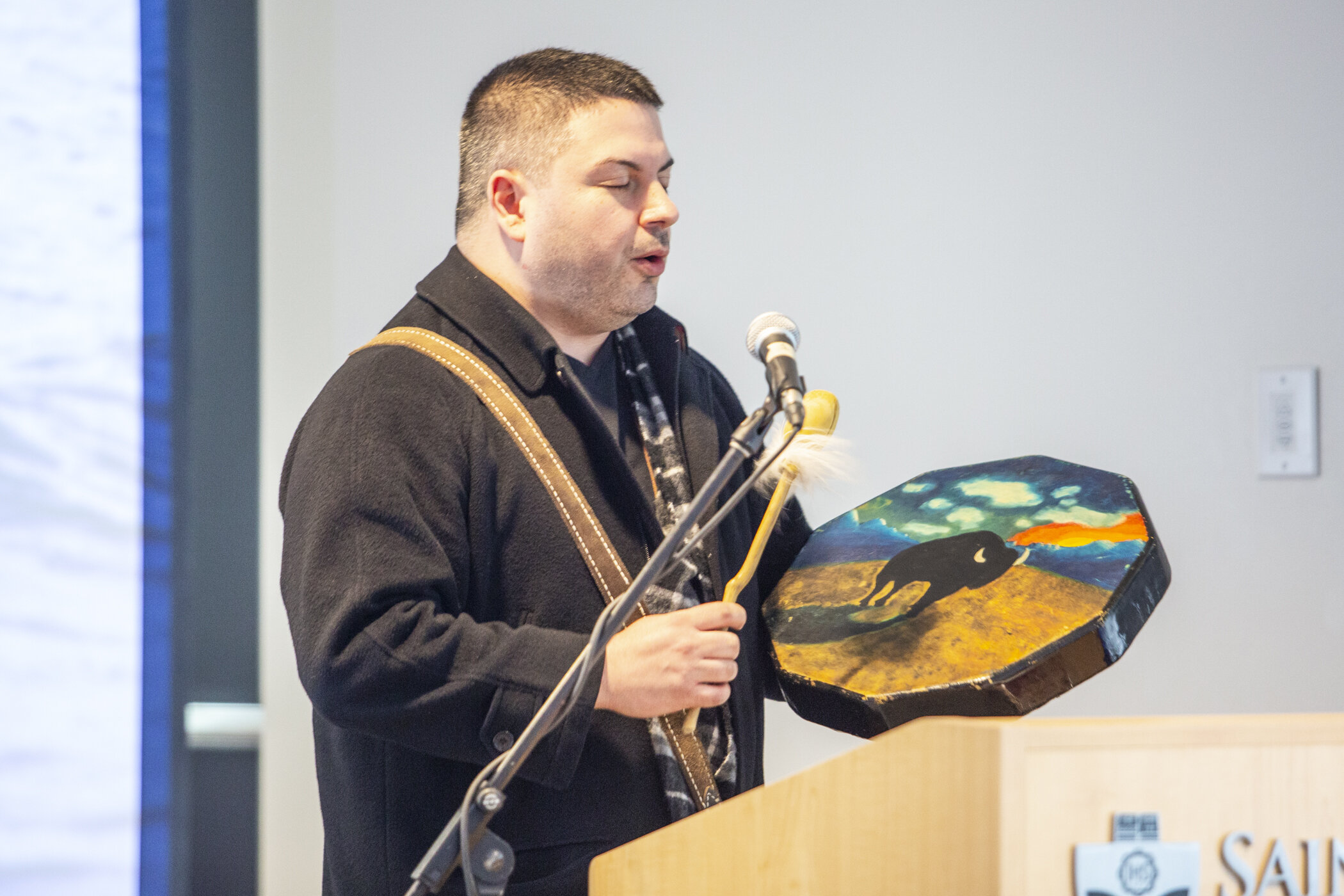
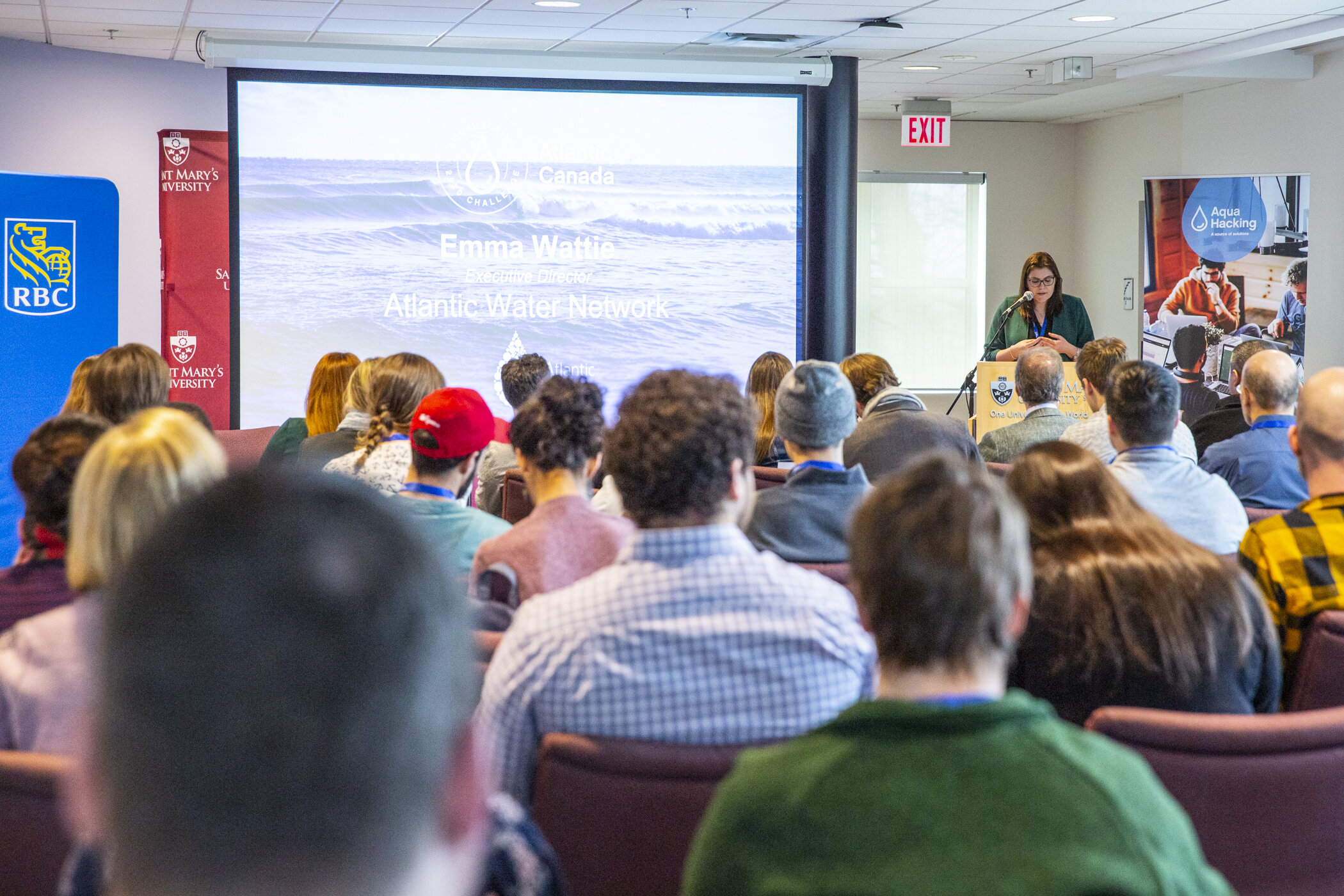
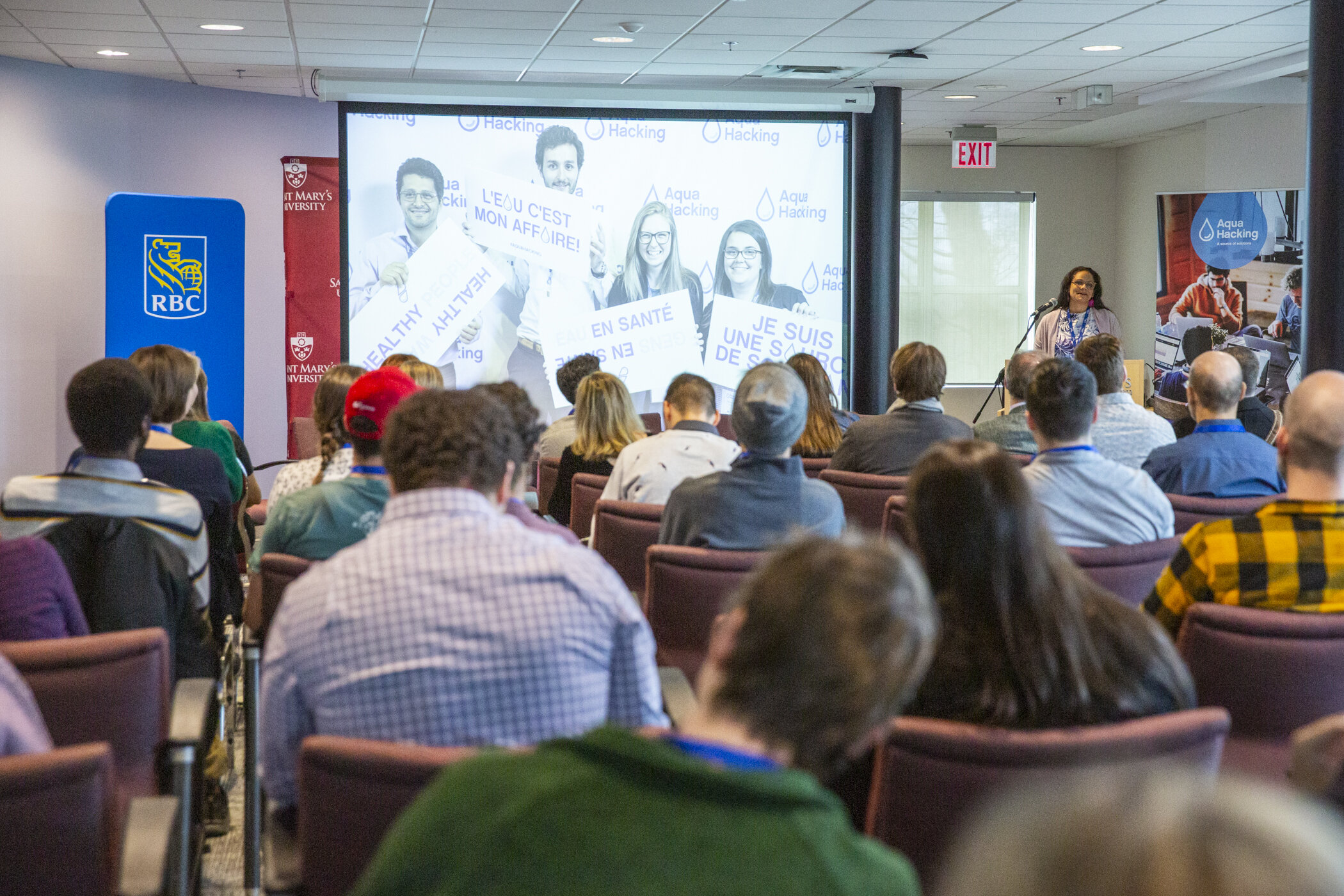
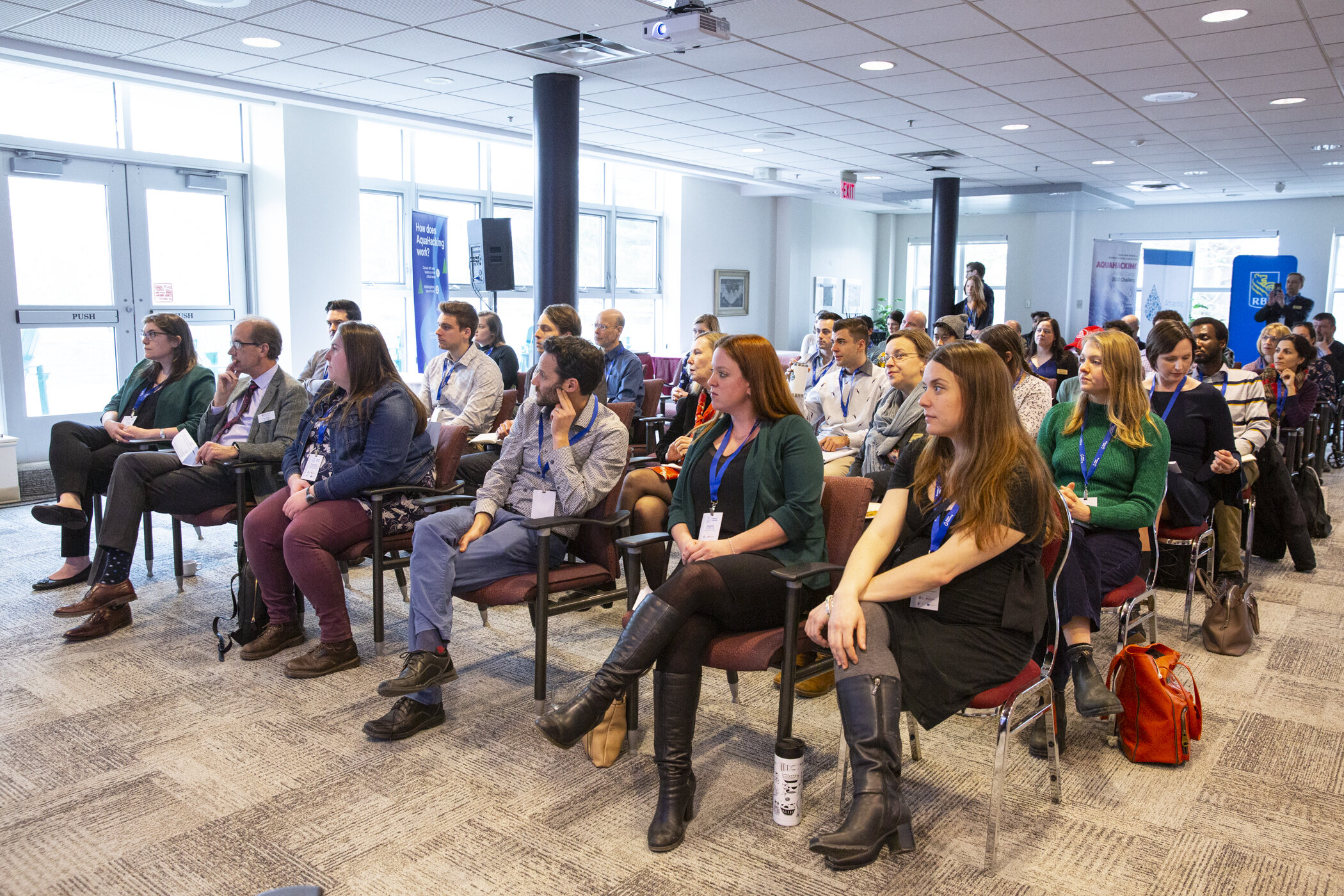
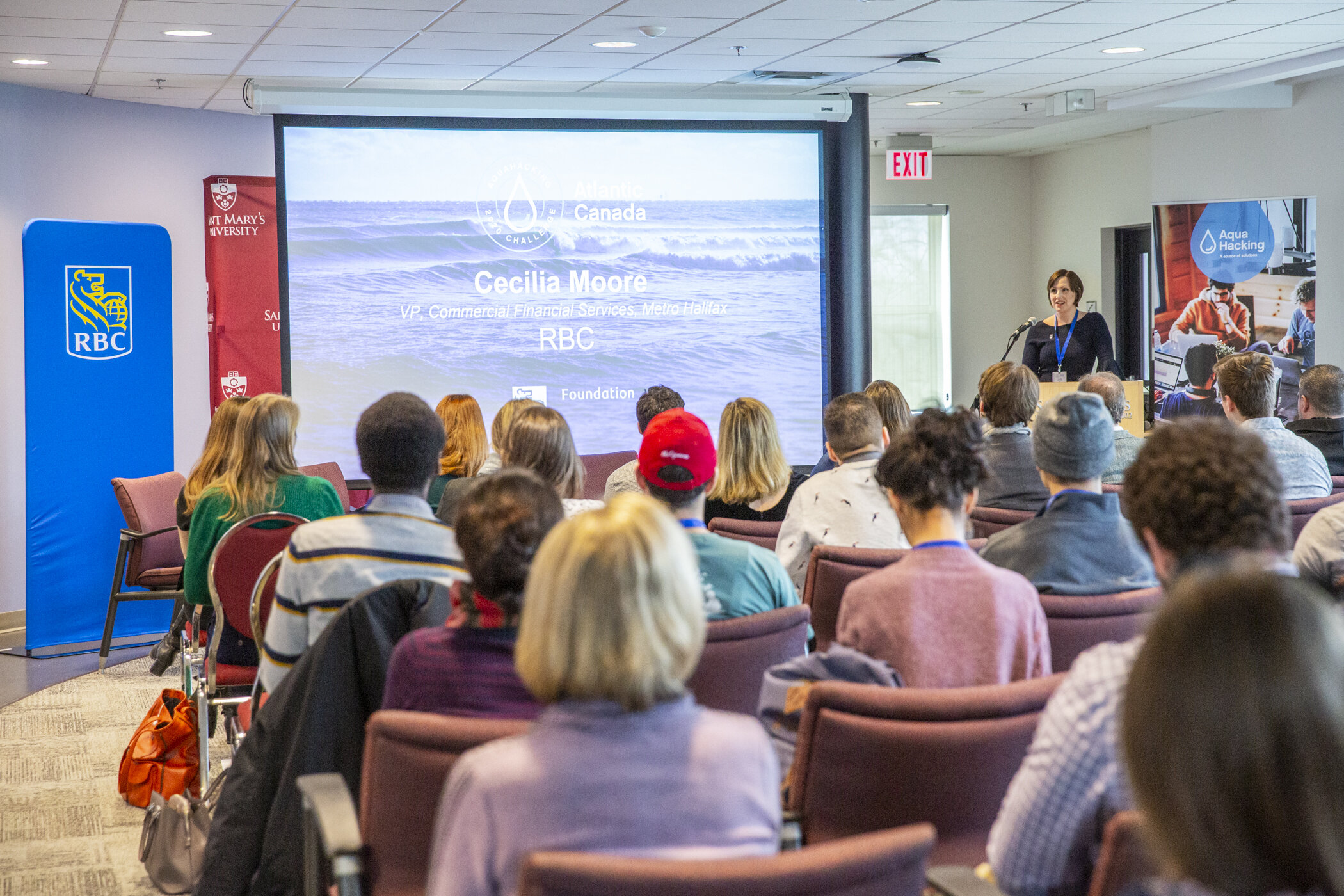

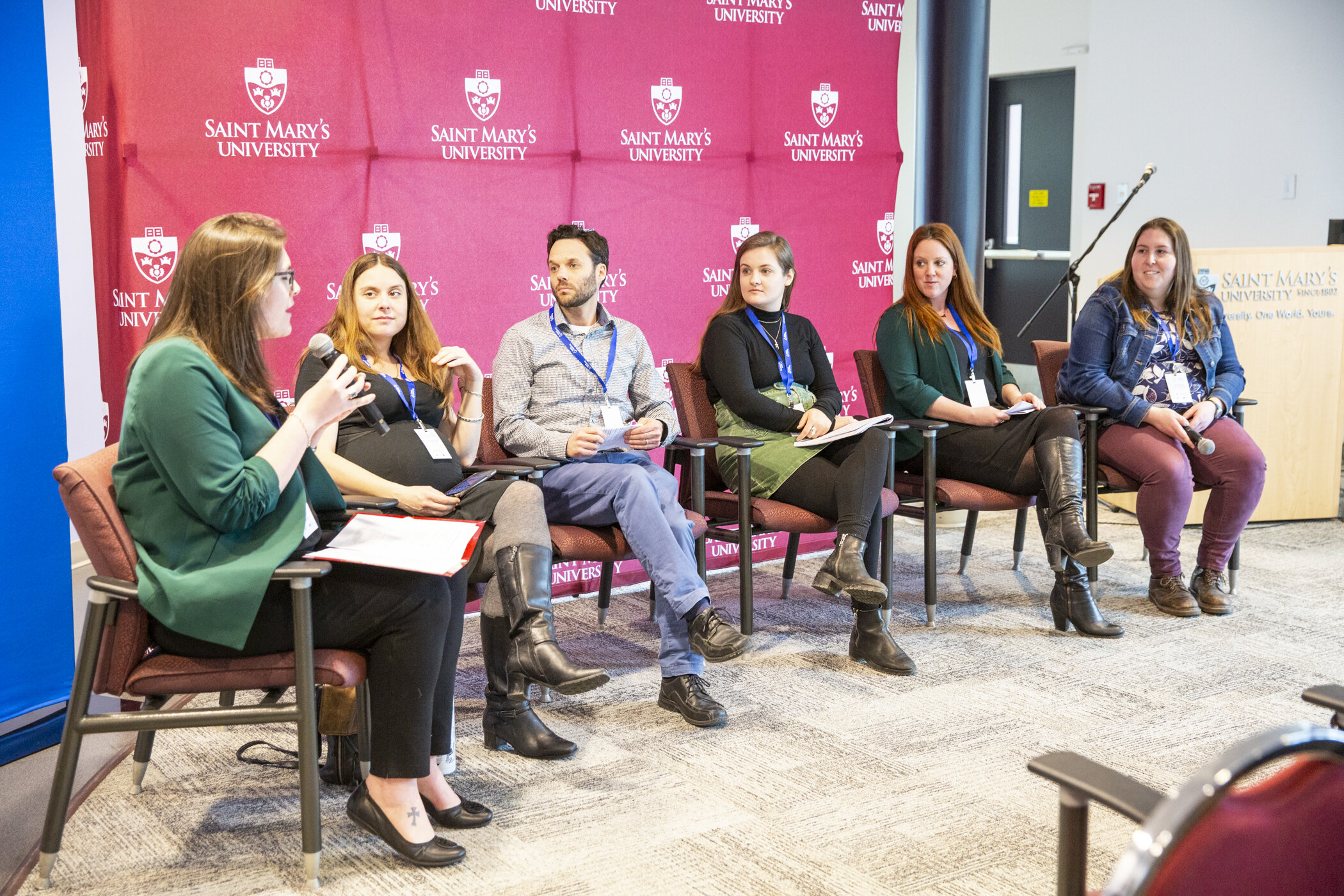
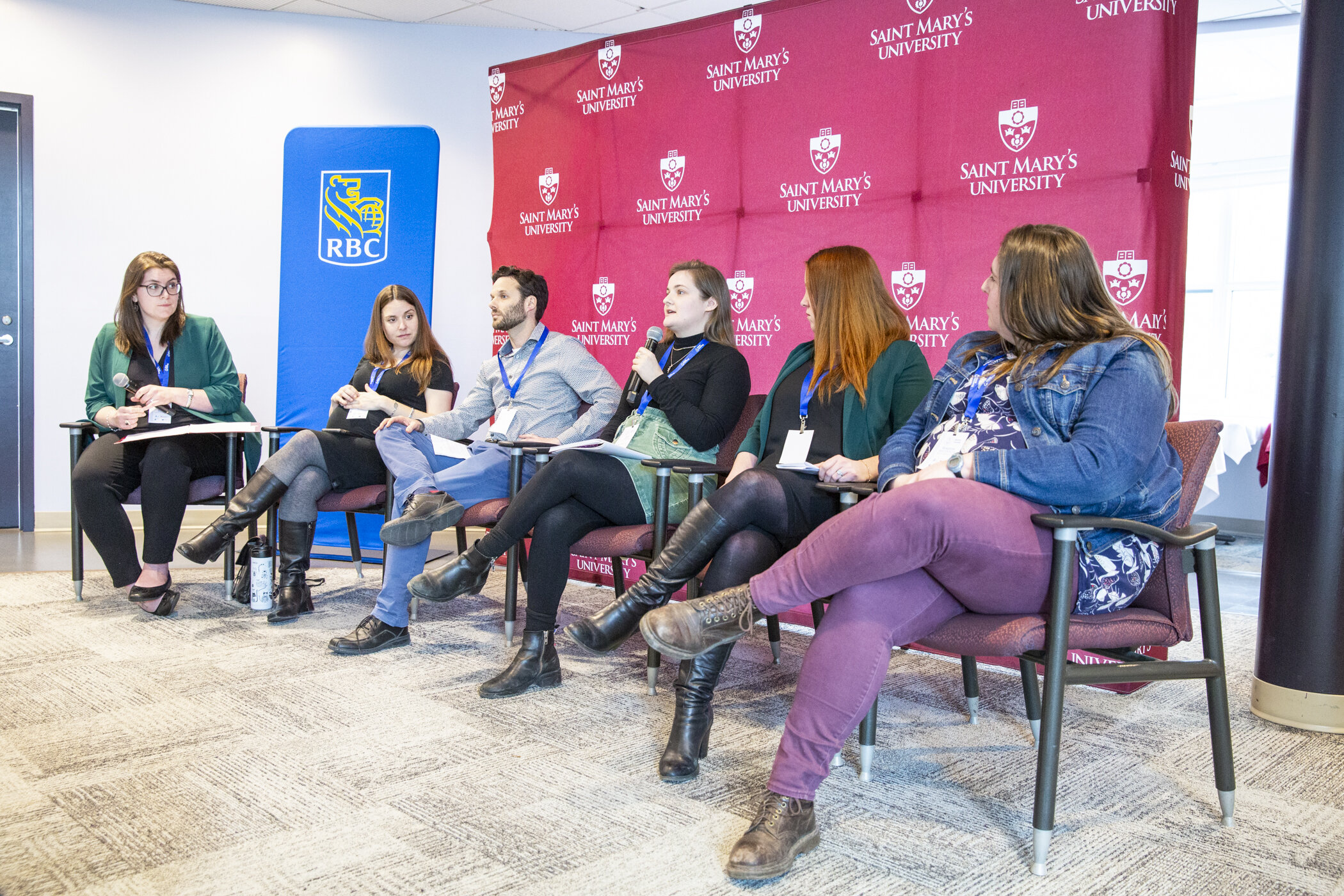
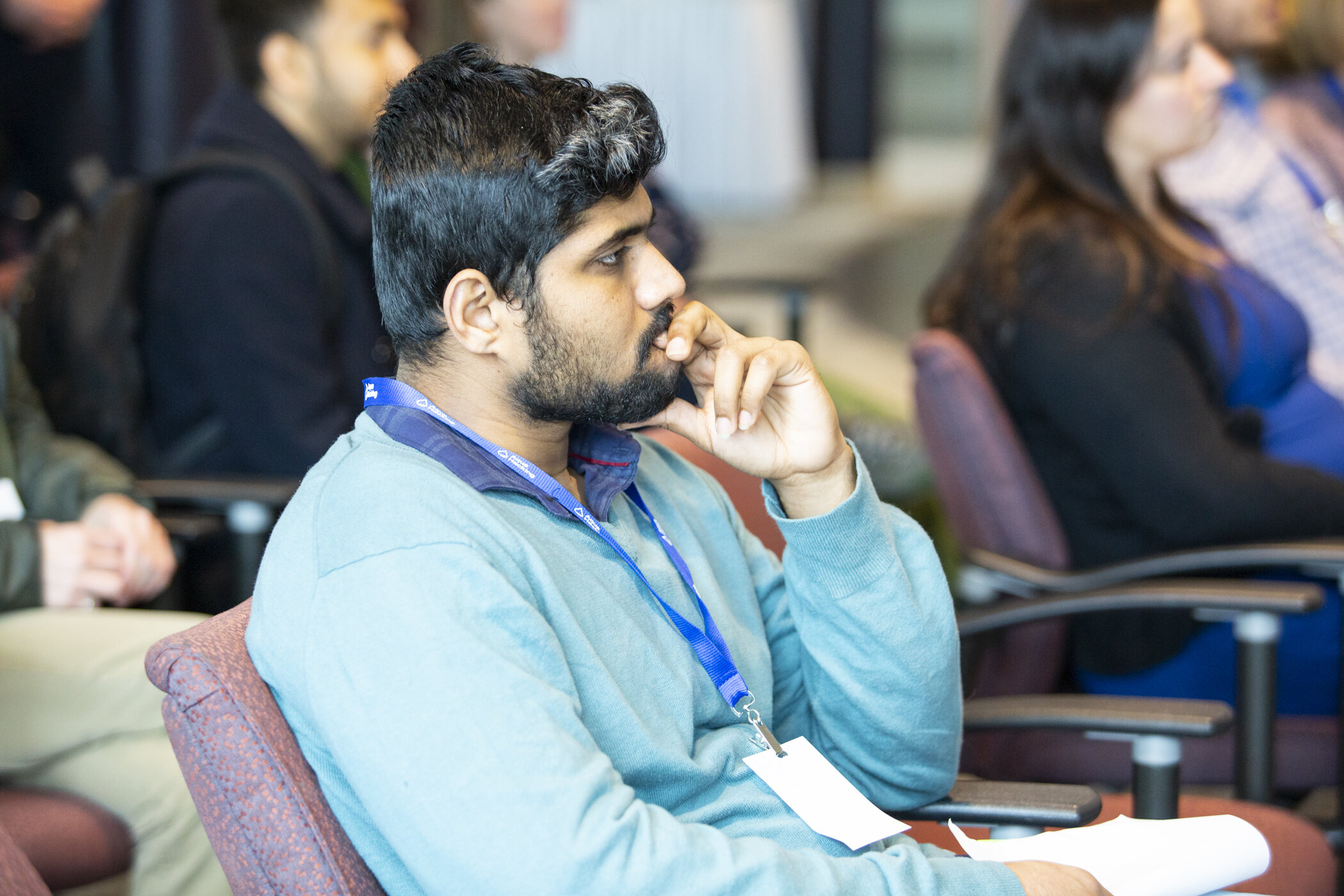
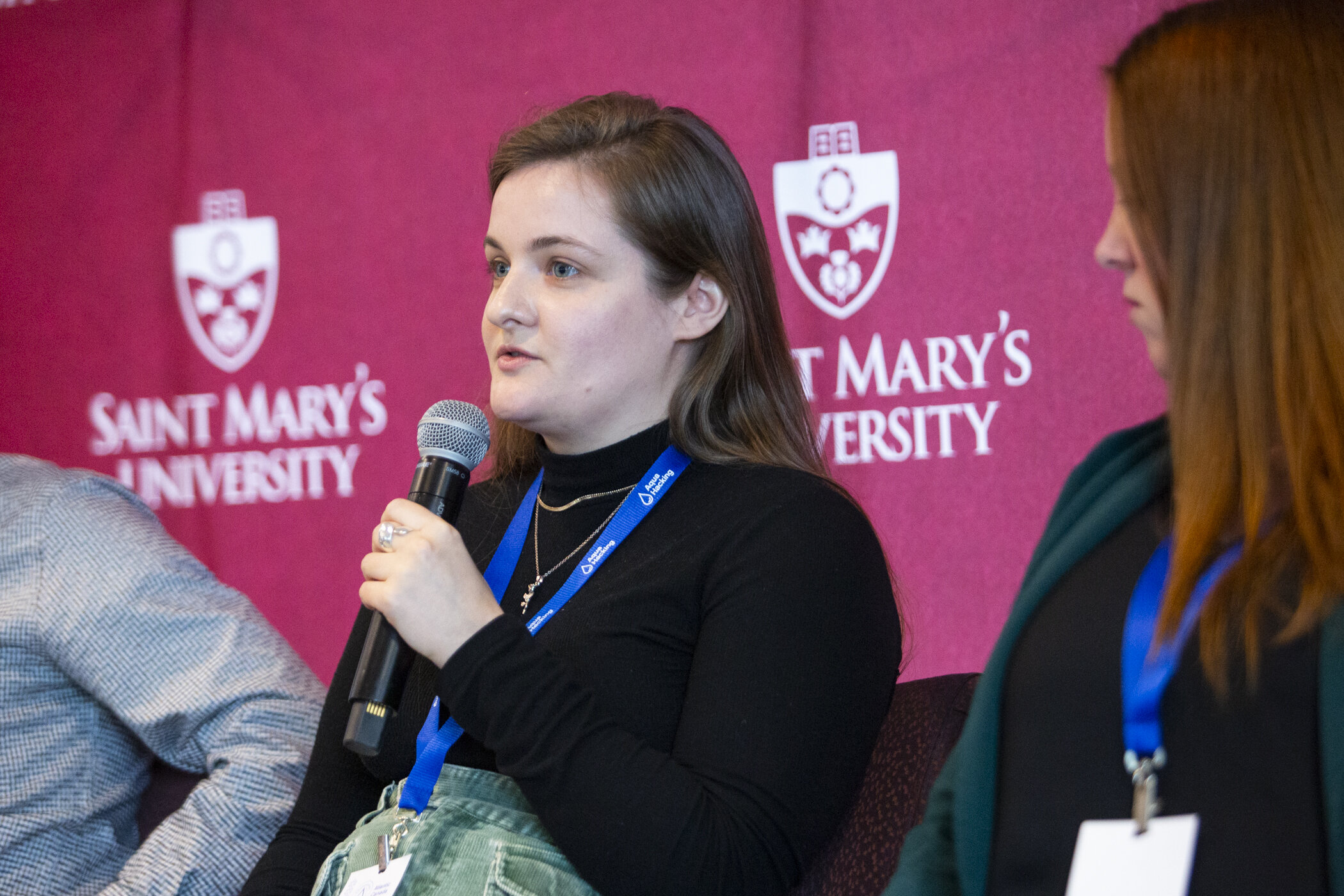
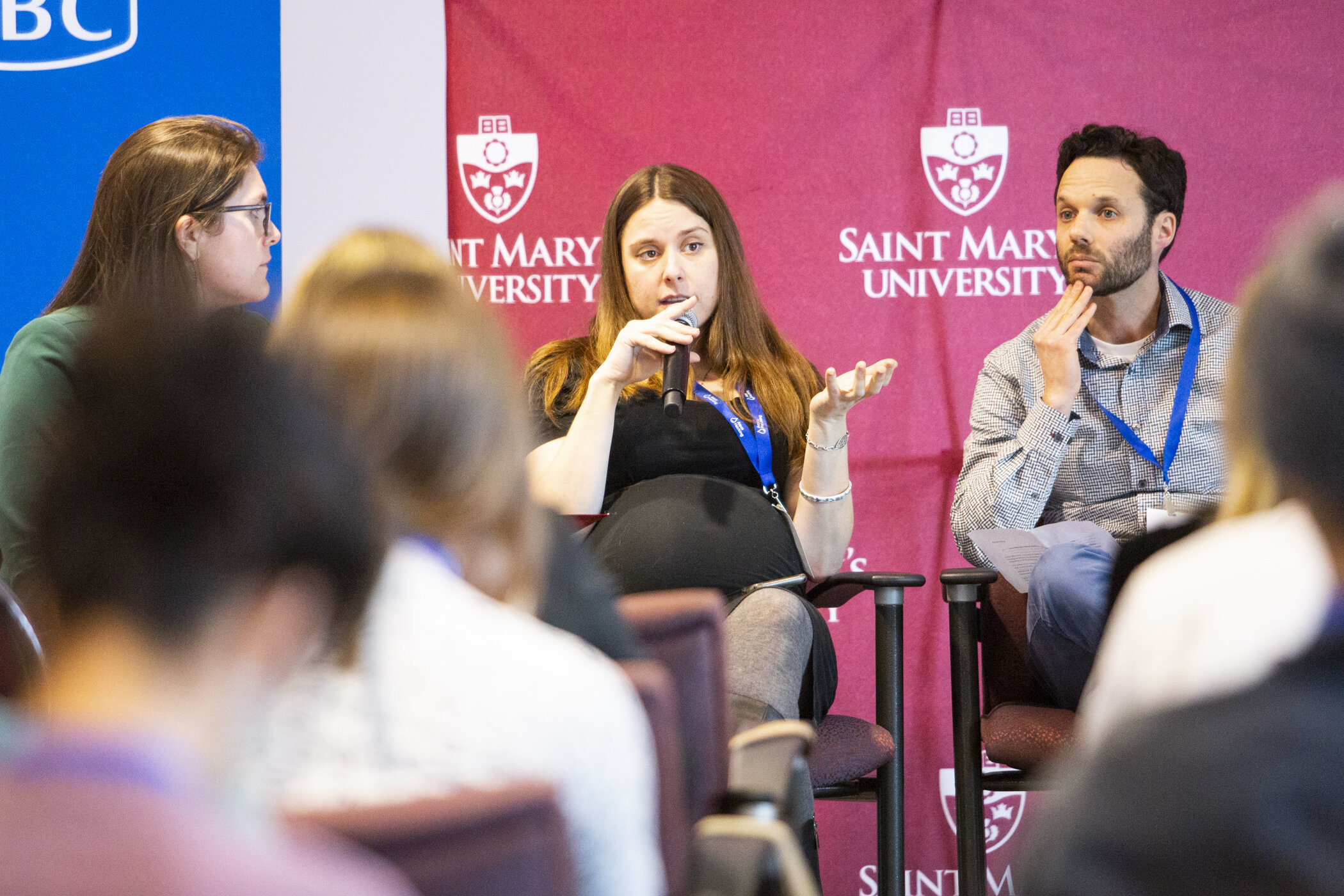
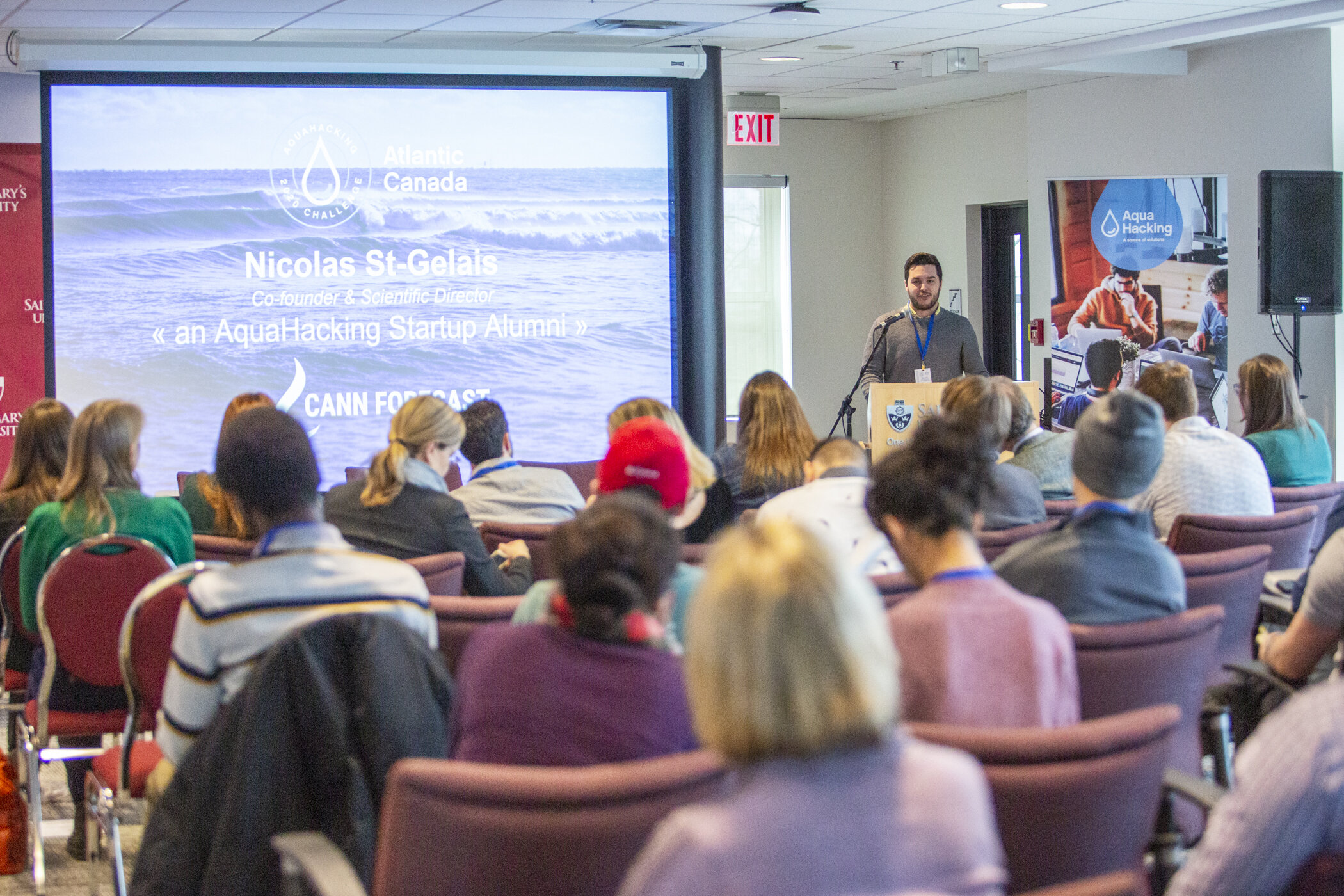

![[Left to right] Bruce Bowser, Dr. Robert Summerby-Murray, Ross Jefferson, Craig Reynolds, Randy Ambrosie, Brett Lauther and Mike “Pinball” Clemons. (Kelly Clark/CFL.ca)](https://images.squarespace-cdn.com/content/v1/56a7b5951c1210756e3465c1/1579811864179-F8NGRUP2DFRH0JXQWP9S/EO-7rMaXkAYC1ID.jpg)

